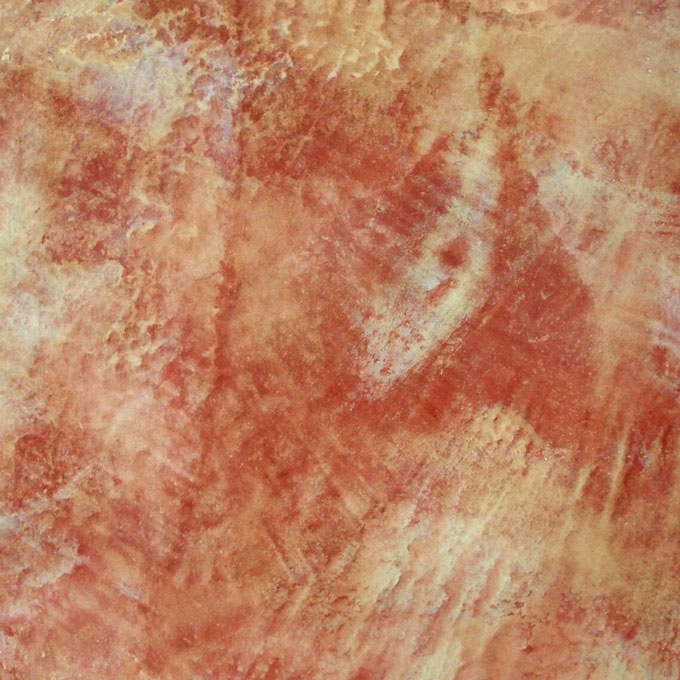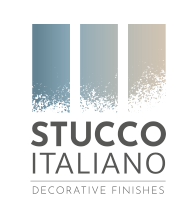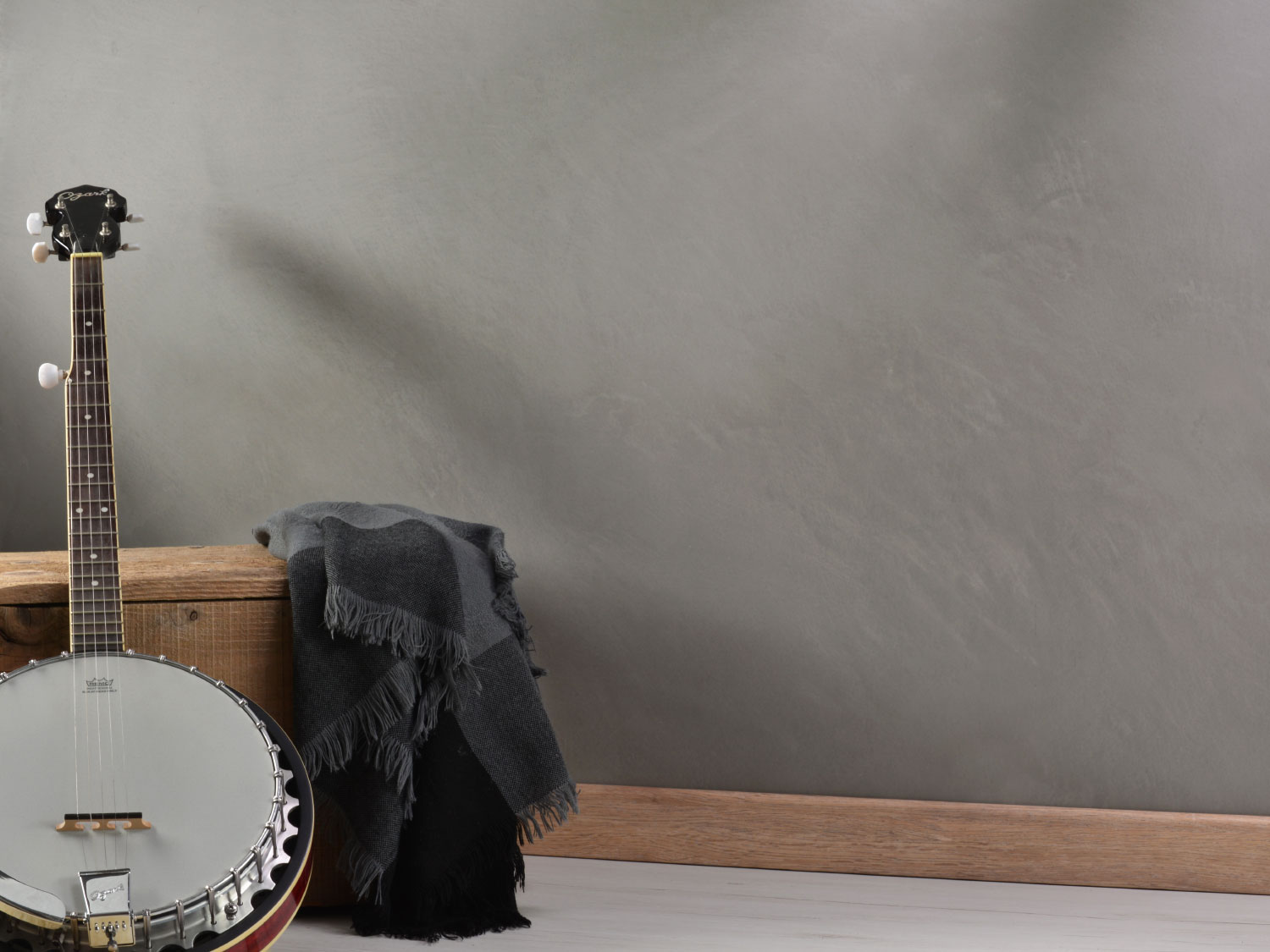MINERAL PLASTERSMarmorino medium
MINERAL PLASTERSMarmorino medium
The modern glossy Venetian plaster
INTERIOR USE
EXTERIOR USE
WET AREAS
GREEN
DESCRIPTION
Marmorino Medium is a classic finish that has been used for centuries on the interiors and exteriors of Venetian palaces. Its smooth, polished surface can be burnished to create varying levels of gloss and trowel movement, though it is less glossy and has a more subtle chiaroscuro effect compared to Marmorino Fine, while still providing the sense of depth and dimension that is characteristic of all Marmorino finishes.
This Marmorino finish is ideal for both indoor and outdoor walls, and can even be used on shower and sauna walls (with the necessary protective treatment applied in the latter case).
100% NATURAL VERSION - GREEN LINE
Enjoy the same ease of application, durability and aesthetic qualities of the original product with its 100% natural version. Made with hydrated lime, selected marble powders, vegetable starches, cellulose, milk derivatives, and pozzolanic agents, this completely natural option eliminates all chemicals.
Technical features
VERSIONS
Standard
100% Natural
COLOURS
The material is available in natural white and can be coloured in any colour with Stucco Italiano’s System
RELATED PRODUCTS
Primers
Quartz Primer
Sealer
Interior: Beeswax / Mineral Wax / Marseille Soap / Hydrocalce
Exterior: Marseille Soap / Hydrocalce
Wet areas: PU1C
Decorative Complement
Terracotta Medium / Salt & Pepper Sand / Mother of Pearl / Milled Marble / Mica / Glitter / Ebano Powder / Metallic Beeswax / Perla Wax
Tools
SI Trowel / Bianko, Scrapers, Corner Trowel, Non-woven Fabric
Download
GREEN LINE:
Video
A wide range of finishes and effects:
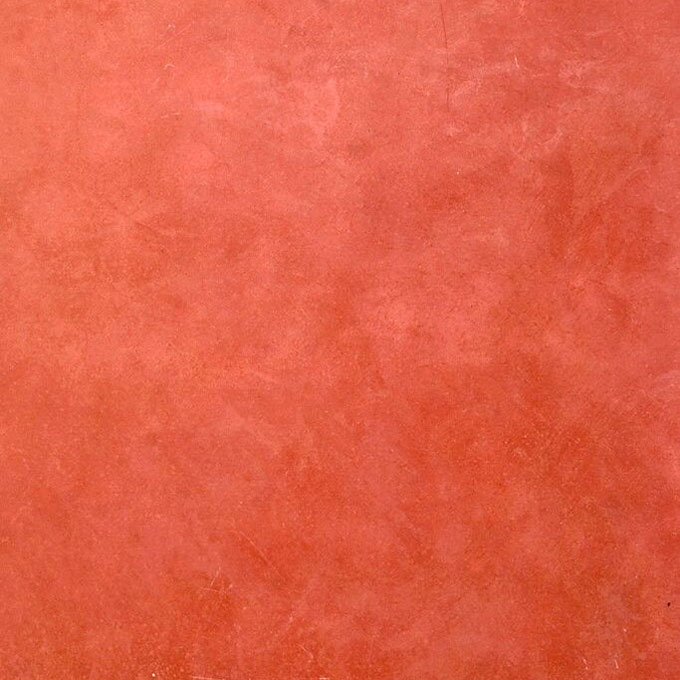
TRADITIONAL MEDIUM TRADITIONAL
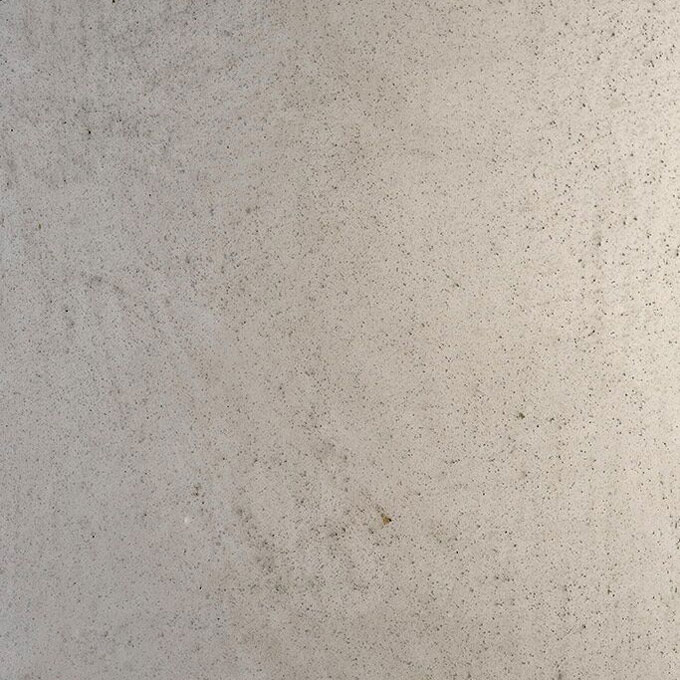
VENETIAN PLASTER WITH SALT & PEPPER
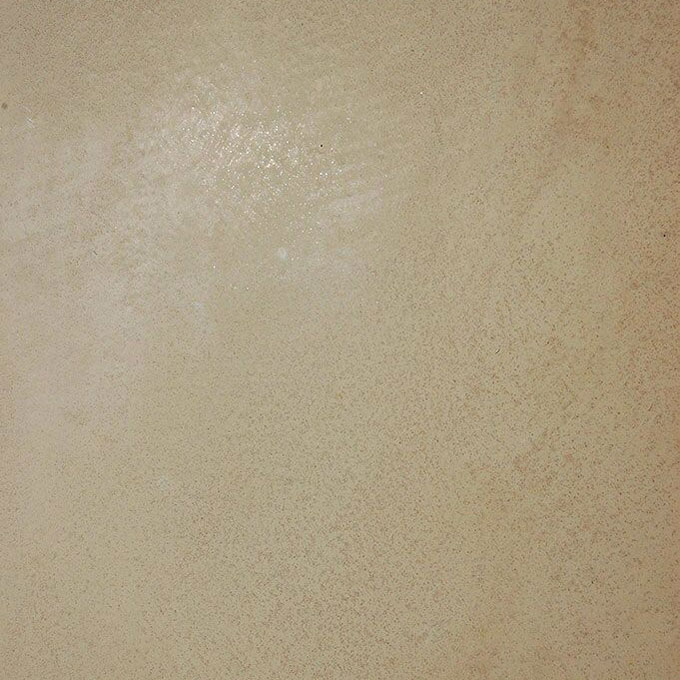
TRADITIONAL MEDIUM MARMORINO
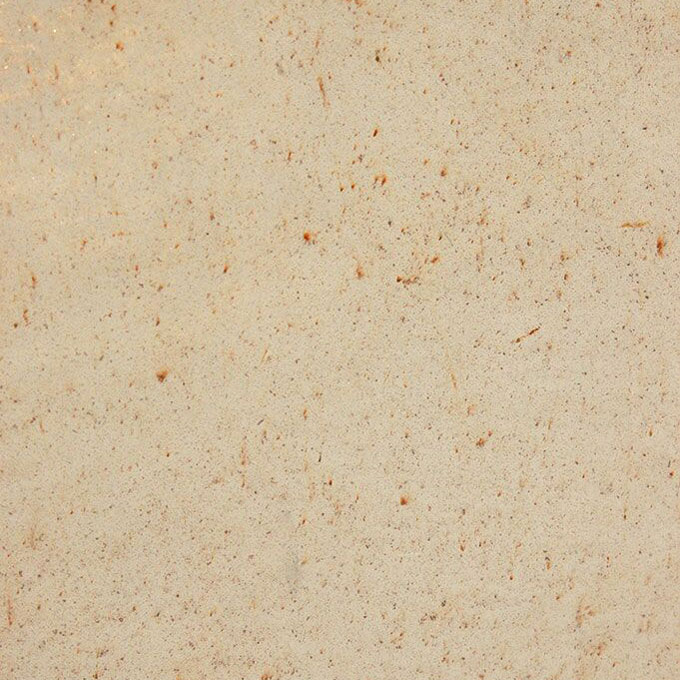
MEDIUM VENETIAN PLASTER WITH TERRACOTTA
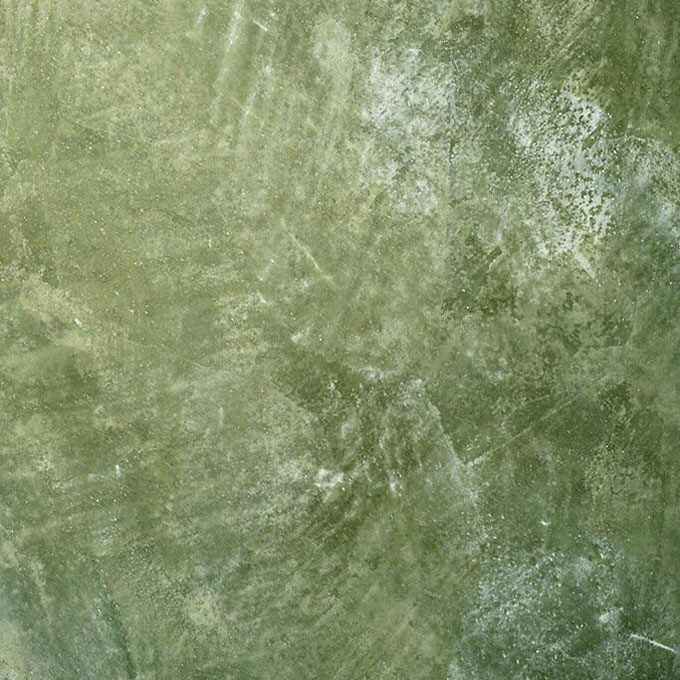
VEILED VENETIAN PLASTER
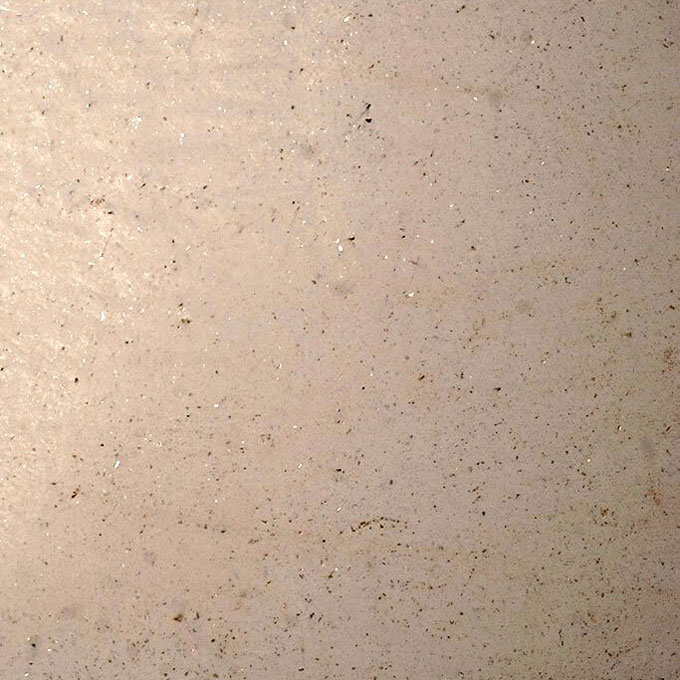
MEDIUM MARMORINO WITH MOTHER PEARL
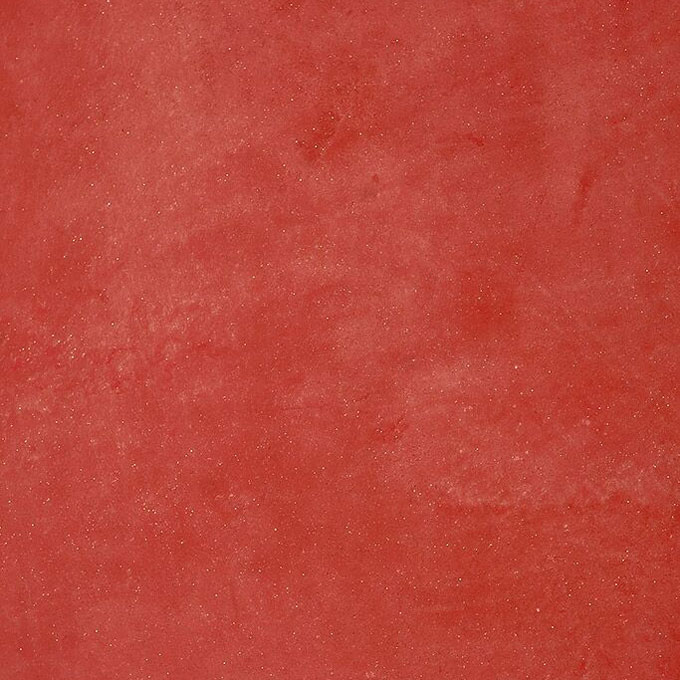
MEDIUM VENETIAN PLASTER WITH GLITTERS
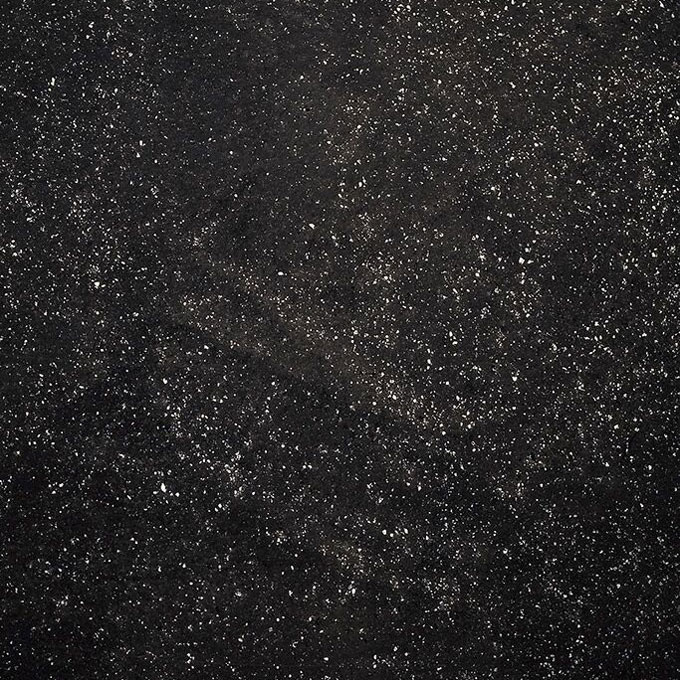
BLACK MARMORINO WITH MICA FLAKES
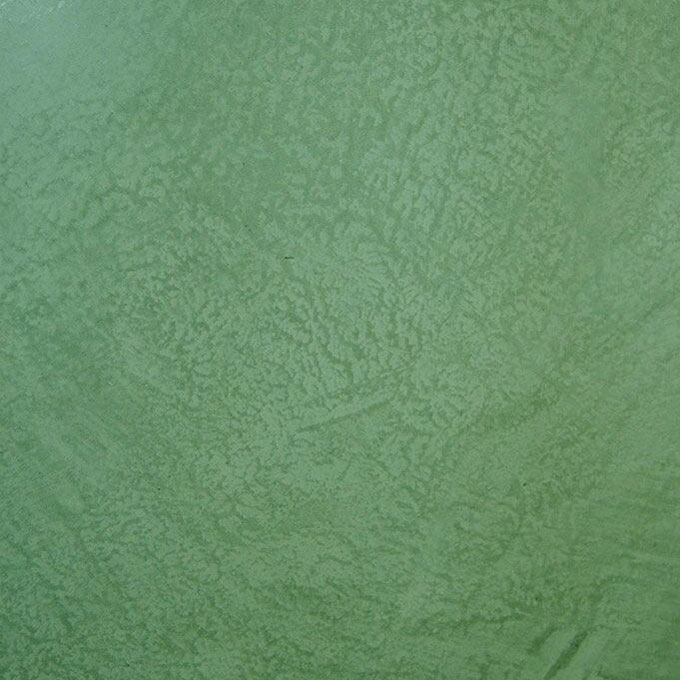
CREVASSED VENETIAN PLASTER
